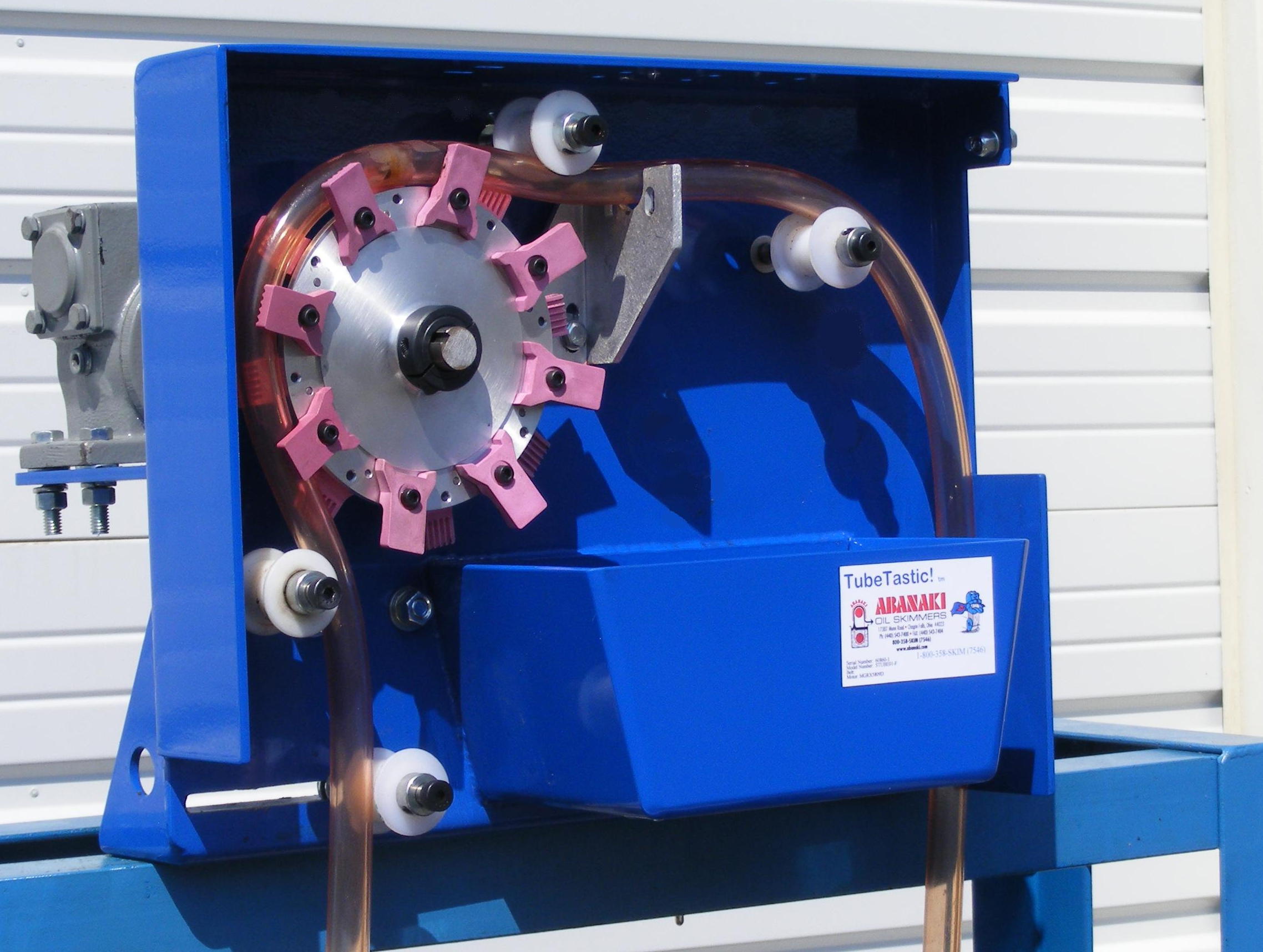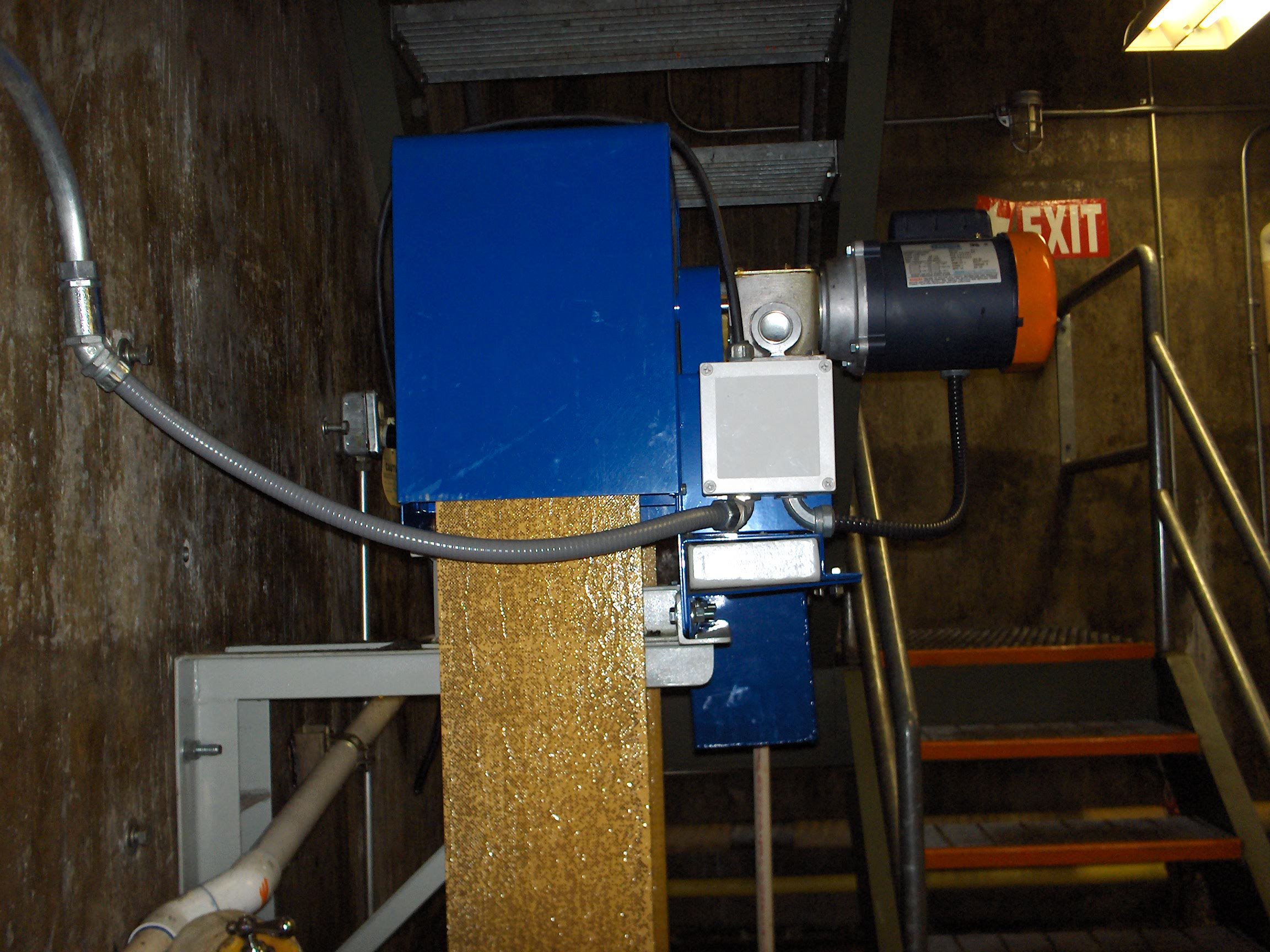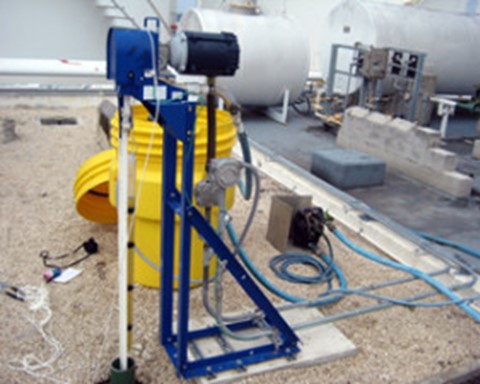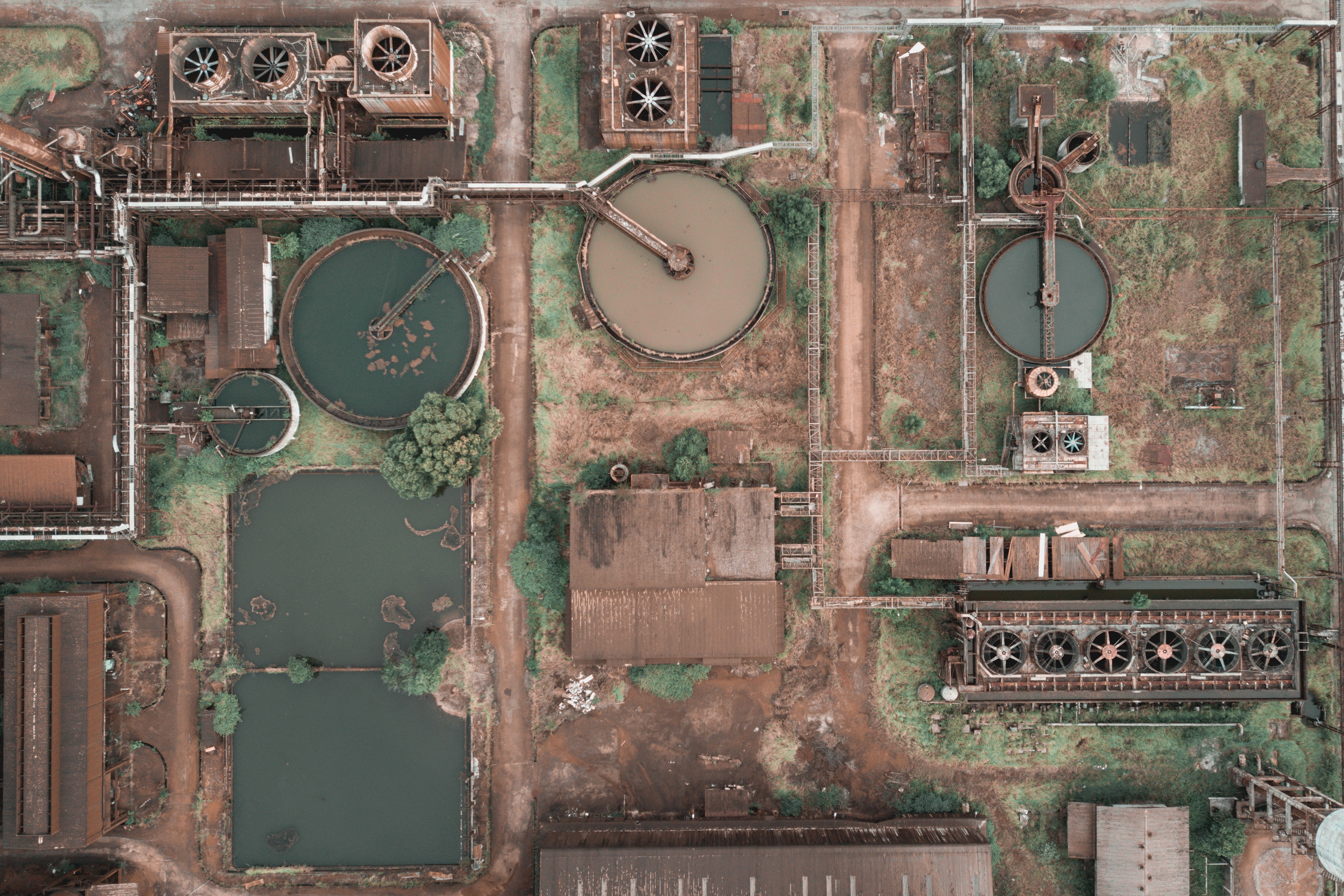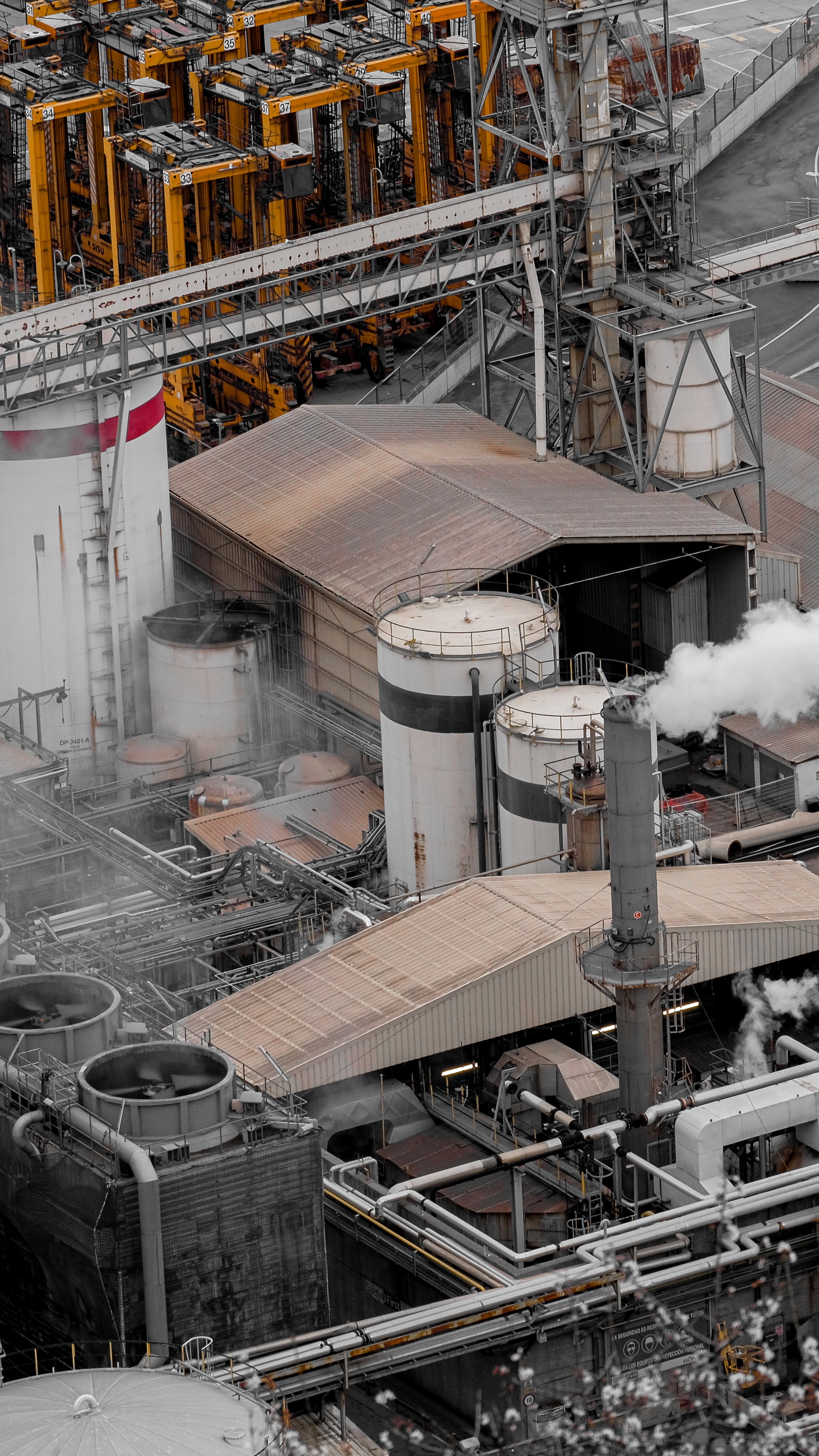Oil skimming is a dirty job. However, it is an important part of numerous industries. Some industries utilize oil skimmers to help stay in compliance with EPA regulations and to keep hydrocarbons out of the environment. Other industries need oil skimmers to help prolong tool life or keep the work place a healthy place for the plant operators. Regardless of the reason, oil skimmers offer a simple, cost-effective, and environmentally sound solution to removing hydrocarbons from any application.
Oil Skimmers Get the Dirty Jobs Done
Steel mills worldwide use Abanaki oil skimmers to help handle some of the dirties jobs on site. In the video below oil skimmers are shown cleaning burned lubricant from a wash tank. In steel laminating facilities, big ball bearings are lubricated during the process. However due to the extreme heat of the operation, some of the lubricant burns, creating a charred goop that needs to be removed from the process. This is where the oil skimmer steps in and does the job that no one wants to do. Clean up all of the burnt and foul-smelling muck!
Model 8 Belt Oil Skimmer
The Model 8 belt oil skimmer is the perfect wastewater oil skimmer for this job. It utilizes a continuous belt and wiper system to remove up to 40 gallons of oil per hour from the fluid surface. The belt, operating on a motor and pulley system, runs through contaminated liquid to pick up oil from the surface. After traveling over the head pulley, the belt passes through tandem wiper blades where oil is scraped off both sides of the belt and discharged. The tail pulley has flanges which allow it to roll freely on the inside of the belt without becoming dislodged. It requires no bearings and does not need to be fastened to the tank. If turbulent conditions exist, an optional tether and cage assembly prevents the tail pulley from being dislodged.
Oil skimming can be a tough and dirty job, however with the help of oil skimmers the job can get completely efficiently. Would an oil skimmer help with your application? Need help determining which oil skimmer would work best? Use our new interactive oil skimmer selection guide and find the perfect skimmer for your dirty job!
To learn more about oil skimmers, please contact our experts at 440-543-7400 or visit our website: www.abanaki.com
You are just one step away from downloading Abanaki's most detailed resource on our oil skimming equipment. Simply click at the button to get your ultimate guide now.




